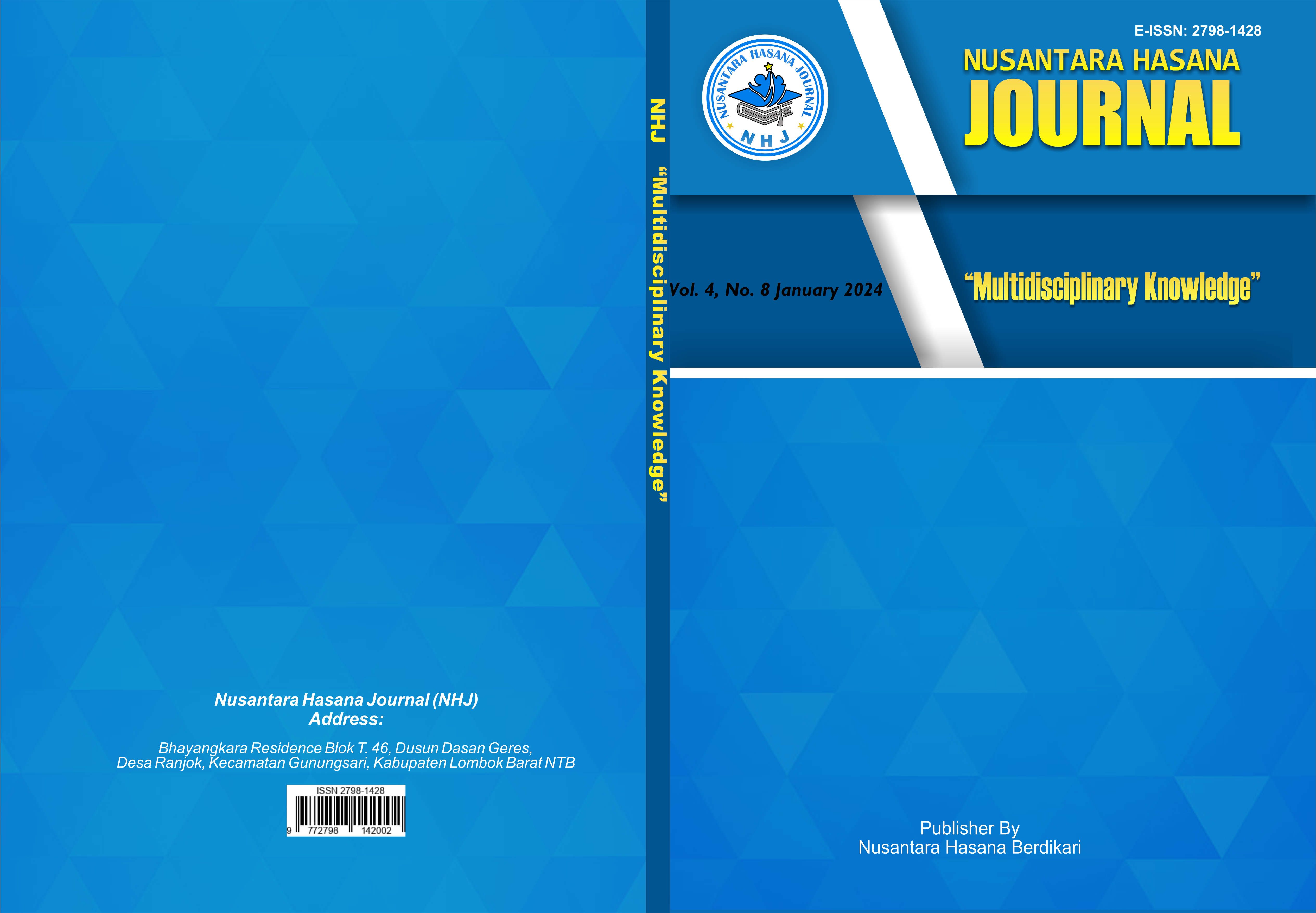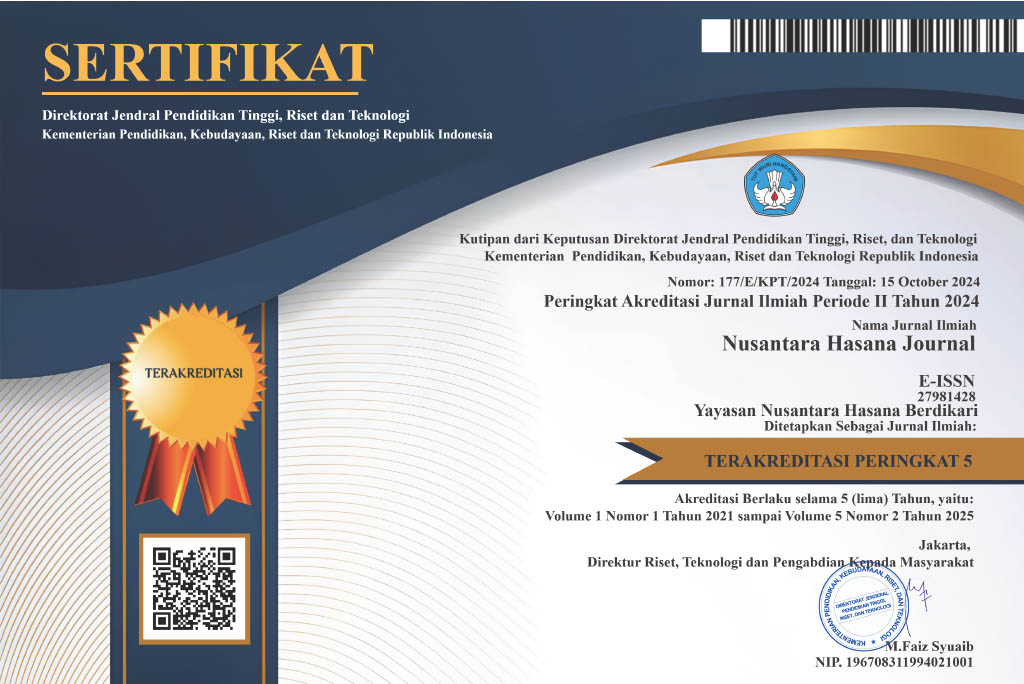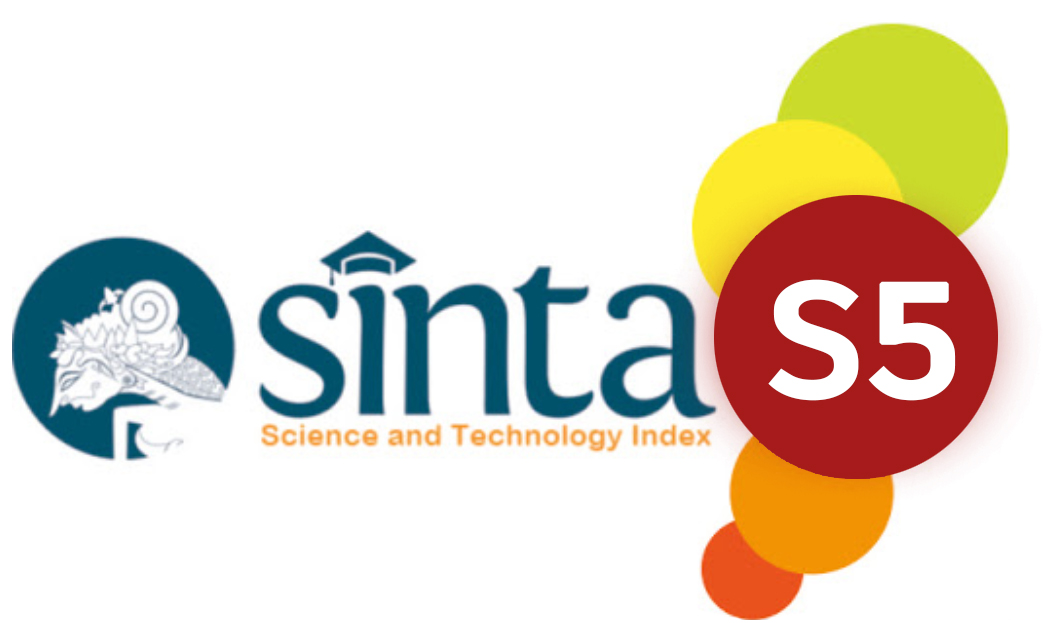STUDENT ENGAGEMENT IN ONLINE LEARNING IN INFERENTIAL STATISTICS COURSES
DOI:
https://doi.org/10.59003/nhj.v4i8.1308Keywords:
Student Engagement, Online Learning, Inferential Statistic, Virtual Education StrategiesAbstract
This study explores the dynamics of student engagement in online learning environments for inferential statistics courses. With the shift to digital platforms, maintaining active participation and sustained interest in mathematically intensive subjects has emerged as a critical challenge. The research employs a mixed-method approach, combining quantitative surveys and qualitative interviews, to analyze cognitive, emotional, and behavioral engagement among students. Key factors such as instructional design, technological tools, and peer interaction are evaluated to understand their impact on learning outcomes. Findings indicate that interactive content, regular feedback, and collaborative activities significantly enhance engagement, while technological challenges and lack of motivation serve as primary barriers. The study offers practical recommendations for educators, focusing on adaptive learning strategies, gamification, and personalized support to foster deeper engagement. These insights contribute to improving online pedagogy in inferential statistics, ensuring that students remain motivated and achieve academic success in virtual settings.
Downloads
References
Arsyad, A. (2005). Media Pembelajaran. Jakarta: Raja Grafindo Persada.
Dimyati, Mudjiono. 2013. Belajar dan Pembelajaran. Jakarta: Rineka Cipta.
Gusrina, Anggi et al. 2021. Analisis Keterlibatan Belajar Siswa Secara Online. Conserva, 1 (7) 1-11.
Sugiyono. 2021. Metode Penelitian Pendidikan Kuantitatif Kualitatif Kombinasi R&D dan Penelitian Pendidikan. Universitas Negeri Yogyakarta.
Tafqihan, Z. (2011). Karakteristik dan Pemilihan Media Pembelajaran dalam E-Learning. Cendekia: Jurnal Kependidikan Dan Kemasyarakatan, 9 (2), 141–154. https://doi. org/10. 21154/cendekia. v9i2. 871
Febrilia, B. R. A. , Nissa, I. C. , Pujilestari, P. , & Setyawati, D. U. (2020). Analisis Keterlibatan dan Respon Mahasiswa dalam Pembelajaran Daring Menggunakan Google Classroom di Masa Pandemi Covid-19. FIBONACCI: Jurnal Pendidikan Matematika Dan Matematika, 6(2), 175–184. https://doi. org/10. 24853/fbc. 6. 2. 175-184
Johar, R. , & Hanum, L. (2016). Strategi Belajar Mengajar. Deepublish.
Lei, S. I. , & So, A. S. I. (2021). Online teaching and learning experiences during the COVID-19 pandemic–A comparison of teacher and student perceptions. Journal of Hospitality & Tourism Education, 2(1), 1–15. https://doi. org/10. 1080/10963758. 2021. 1907196
Moleong, j Lexi. 2014. Metode Penelitian Kualitatif. Bandung: Remaja Rosdakarya.
Nurrindar, M. , & Wahjudi, E. (2021). Pengaruh Self-efficacy Terhadap Keterlibatan Siswa Melalui Motivasi Belajar. Jurnal Pendidikan Akuntansi (JPAK), 9(1), 140–148.
Ogunsakin, R. E., Moyo, S., Oludayo, Olugbara, O., & Israel, C. (2021). Relating Student Engagement Indicators to Academic Performance Using Multiple Correspondence Analysis. Cybernetics and Information Technologies, 21 (1), 87–102.
Downloads
Published
How to Cite
Issue
Section
License
Copyright (c) 2025 Winda Hurotul ‘Aini

This work is licensed under a Creative Commons Attribution-NonCommercial-ShareAlike 4.0 International License.
NHJ is licensed under a Creative Commons Attribution-NonCommercial-ShareAlike 4.0 International License.
Articles in this journal are Open Access articles published under the Creative Commons CC BY-NC-SA License This license permits use, distribution and reproduction in any medium for non-commercial purposes only, provided the original work and source is properly cited.
Any derivative of the original must be distributed under the same license as the original.
























